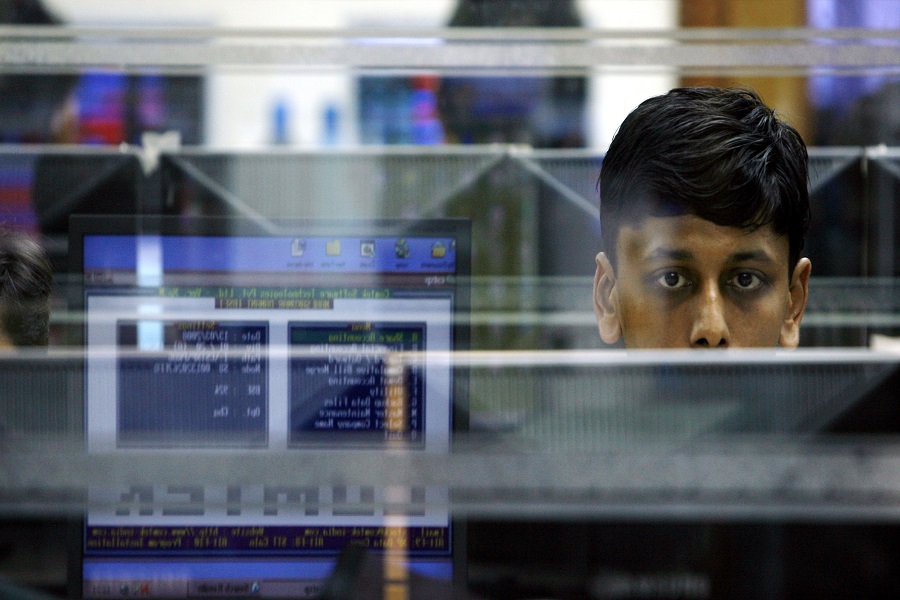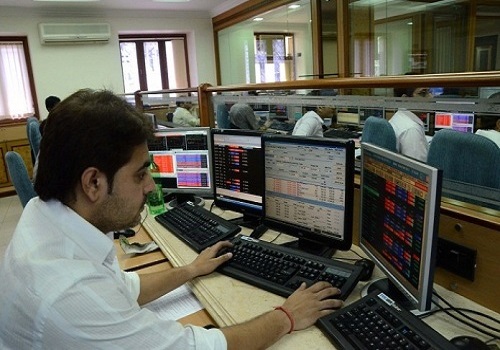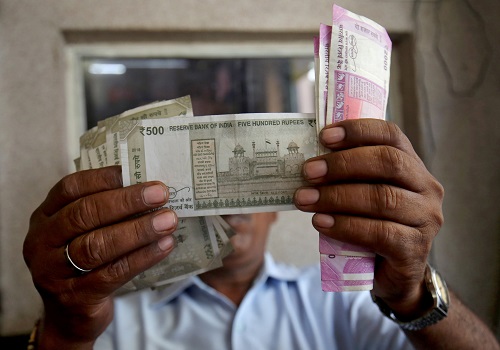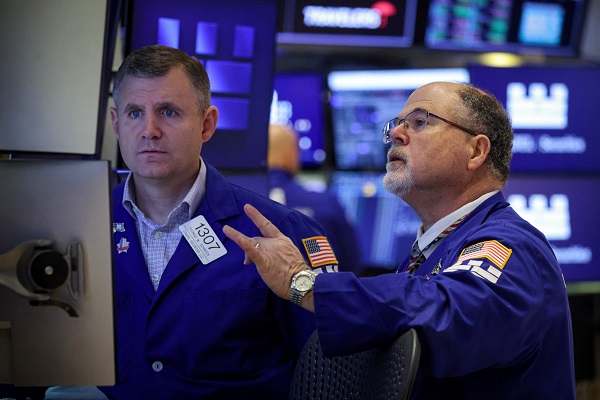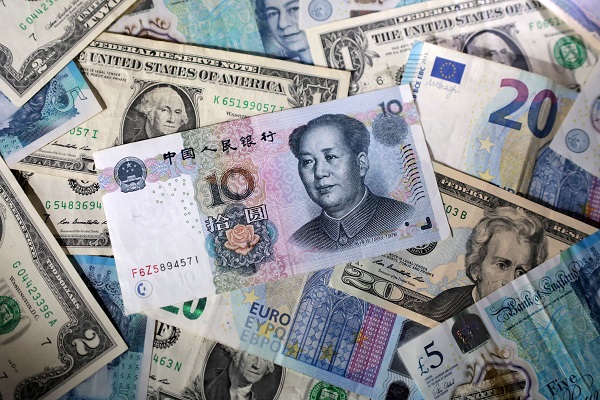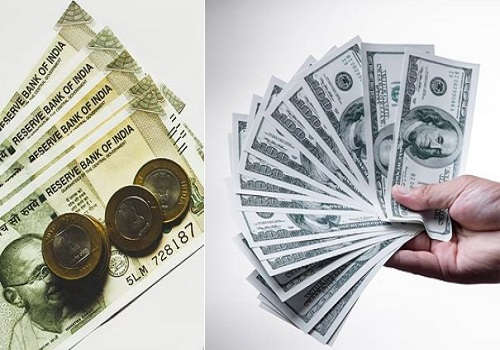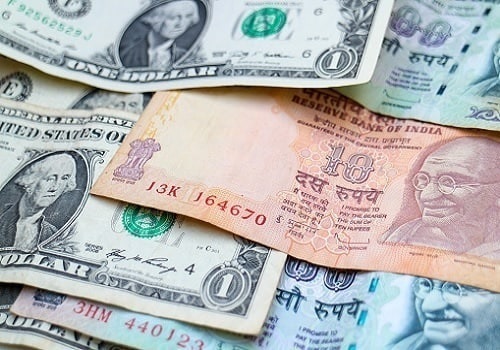Dollar clings to 8-week low ahead of payrolls test

The dollar hovered around eight-week lows on Friday ahead of a crucial U.S. jobs report that could give investors a better idea of when the Federal Reserve might start cutting interest rates.
The euro held on to overnight gains after the European Central Bank cut rates in a well-telegraphed move, but offered few hints about the outlook for monetary policy given that inflation is still above target.
The U.S. dollar index, which tracks the currency against the euro and five other major rivals, was little changed at 104.12 as of 0845 GMT, not far from this week's low of 103.99, the first time it had broken below 104 since April 9.
For the week, the index was on track for a 0.54% slide following a run of weaker macro data that prompted investors to put two quarter-point Fed rate cuts back on the table for this year.
That has seen traders positioned for a softer non-farm payrolls report later in the day, with the possibility that jobs growth comes in below the 185,000 median forecast of economists.
The Federal Open Market Committee is not expected to make any change at its policy meeting next week, but markets currently price in 50 basis points of cuts by end-December, with the first cut most likely coming in September.
"It's anyone's guess, but I think if we get a weak number, we’re going to see further declines in bond yields - that will be good news for stocks," Kathleen Brooks, research director at trading platform XTB, said.
"But if we get something in the 180, 190, 200 (thousand) level, something that is basically indicating expansion in the labour market, then we could see a bit of that turn around and the dollar gaining some strength," she said.
EASING CYCLE
The euro was little changed at $1.0894, after a gain of about 0.2% in the previous session, when the ECB lowered rates by a quarter point to kick off its easing cycle. However, staff also raised their forecasts for inflation, which is now expected to stay above the central bank's 2% target until late next year.
"On the day, the fact is the ECB came out to be more hawkish that the pervasive narrative," said Gavin Friend, senior markets strategist at National Australia Bank.
ECB President Christine Lagarde "was very reticent in giving any guidance on further easing", Friend added.
Sterling, meanwhile, was flat at $1.27855 on Friday, not far from the week's high of $1.2828, its strongest since mid-March.
The yen strengthened modestly, leaving the dollar 0.2% lower at 155.38 yen, and on track for a loss of about 1.2% for the week, its largest weekly slide since late April, the point at which Japanese monetary authorities stepped into the market to prop up the yen.
Like the Fed, the Bank of Japan decides policy next week, and consensus is building in the market for an imminent reduction in its monthly bond purchases as a means of tightening credit conditions.
Despite recent firmness though, the yen remains not far from the 34-year trough beyond 160 per dollar reached at the end of April, which prompted Japanese officials to spend some 9.8 trillion yen ($62.9 billion) intervening in the currency market to support it.
Both the government and BOJ are concerned that rising import costs will scupper a hoped-for cycle of moderate inflation and steady wage hikes.
Japanese Finance Minister Shunichi Suzuki reiterated a readiness to take action against excessive currency swings, but added that restraint was also required.
"Foreign exchange intervention should be done with its necessity and effectiveness taken into account," he said, and "should be conducted in a restrained manner."


